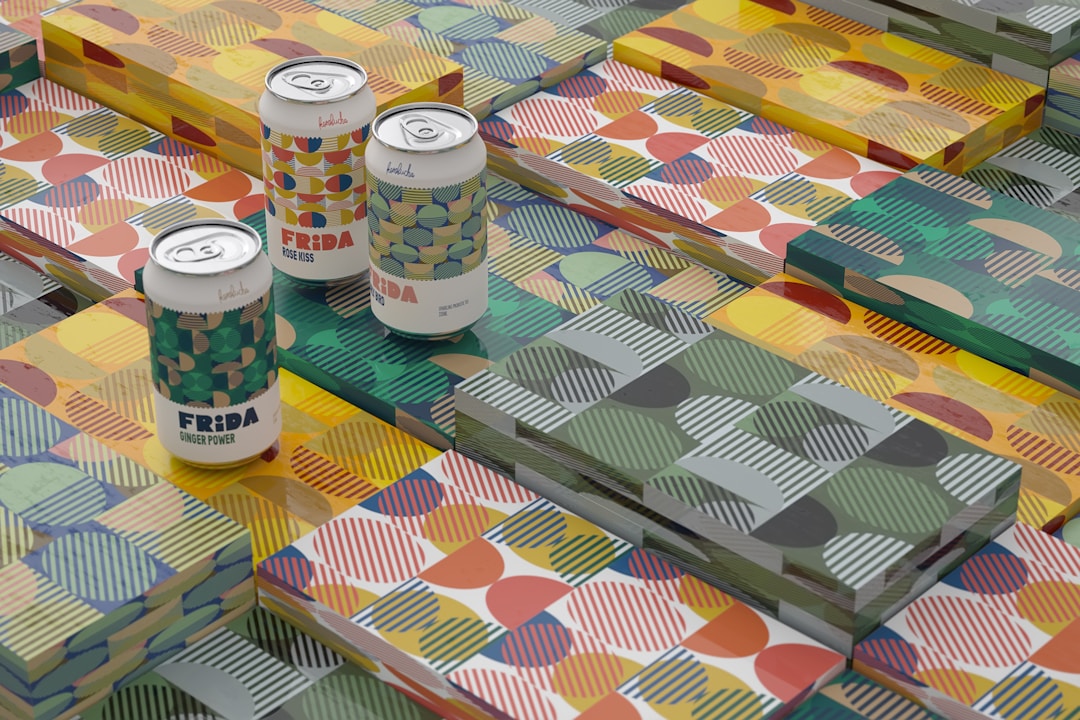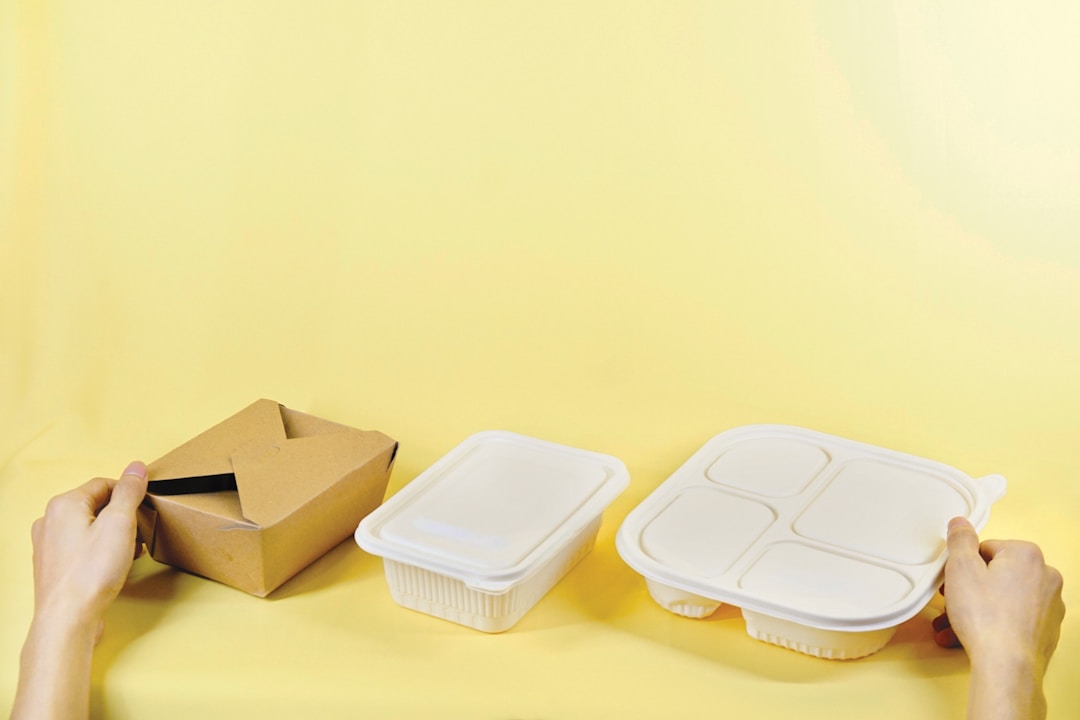With the consumer world constantly changing, companies are on a never-ending quest to provide their customers with the latest, most efficient, and environmentally friendly packaging solutions. Keeping up with these demands is both a challenge and an opportunity for creativity and innovation, which drives the incessant development of sophisticated, sustainable, and cost-effective packaging methods. The race to design small, handy, and highly functional package types that meet environmental demands is more ferocious than ever. In this article, we will delve deep into the innovative solutions that are revolutionizing packaging techniques around the globe. Keep reading to learn more.
The Emergence of Smart Packaging

As technology advances, we are witnessing the rise of so-called smart packaging. This innovative form of packaging doesn’t just serve as a vessel to hold products; it also provides additional technological features like track and trace, temperature control, freshness indicators, and more. Smart packaging builds on the increasing interconnectivity of everyday objects with the advent of the Internet of Things (IoT). This packaging aims at increasing customer engagement and provides new ways for brands to communicate with their customers, adding new dimensions to customer experience.
Moreover, smart packaging solutions have proven instrumental in minimizing waste and enhancing supply chain efficiency. This can be a game-changer for the pharmaceuticals and food and beverages industries, where product quality and safety are paramount. Here, for instance, small plastic bottles with lids could be augmented with smart features that indicate whether the product is still safe to consume or has reached its expiry date.
That being said, implementing smart packaging requires an underlying IT infrastructure that can effectively process the data obtained from the packages. Therefore, it also comes with challenges, such as creating user-friendly applications and ensuring data privacy and security. Regardless of these challenges, the benefits and possibilities of smart packaging are undeniable, making it a driving force in the future of packaging techniques.
Shrinking the Footprint With Biodegradable Materials
As the concern for environmental sustainability is rising, using biodegradable materials in packaging is becoming increasingly essential. This particularly holds for single-use products, which significantly add to the non-degradable waste problem. Encapsulation in biodegradable material serves the dual purpose of reducing environmental pollution and resource consumption, contributing to more sustainable development.
Biodegradable packaging options are becoming increasingly sophisticated, offering solutions that are eco-friendly and meet the high standards of quality, safety, and functionality that consumers demand. Advancements in this area allow for a wide variety of biodegradable materials to be used.
However, switching to biodegradable materials can be challenging for many companies, as it requires changing existing processes and can come with higher initial costs. But, in the long term, embracing environmental responsibility can lead to a stronger brand image and attract increasingly eco-conscious customers. Thus, it’s a worthwhile investment that is crucially important for both our environment and the packaging industry’s future.
Smart and Eco-Friendly: The Winning Combo of Intelligent Design
Combining the benefits of smart packaging with the advantages of biodegradable materials can result in intelligent design, a technique that is becoming a trend in the packaging industry. Intelligent design focuses not only on the aesthetics and functionality of the package but also on its sustainability, cost-effectiveness, and ability to engage with the customer.
From the use of composited materials to innovative forming techniques and interactive features, intelligent design encapsulates a range of different methods aiming to appeal to the customer and benefit the environment simultaneously. These advances and possibilities open the door to a world of creative packaging solutions that allow companies to distinguish their products and highlight their commitment to sustainable practices.
While intelligent design can raise the cost of packaging, these initial investments are likely to pay off in the long run. The rise of environmentally conscious consumers and the increased demand for innovative and engaging user experiences are trends that are unlikely to fade anytime soon.
Active Packaging: Keeping Consumers in the Loop

Another innovative solution in the realm of packaging solutions is active packaging. This technique enhances the traditional functions of packaging by integrating components that actively interact with the product or the environment to extend shelf-life, maintain product quality, and ensure safety. Active packaging techniques include oxygen scavengers, moisture control packaging, and antimicrobial packaging, among others.
Although active packaging represents a higher cost to companies, it offers a myriad of potential benefits, such as reduced product losses, improved product quality, and increased product sustainability. It also presents an opportunity to provide the consumer with immediate, critical information about the product, further enhancing the user experience.
As consumer demand for quality, safety, and sustainability continues to rise, the use of active packaging will likely become more prevalent. However, successfully implementing this innovative packaging method requires a thorough understanding of the product, the packaging material, and the interaction between the two.
3D Printing: Customization at Its Best
Thanks to advancements in 3D printing technology, it’s now possible to quickly and cheaply design and manufacture customized packaging, which was previously unthinkable due to the costs and time required. By enabling rapid prototyping and small-scale production, 3D printing offers companies a cost-effective way to implement tailored packaging solutions that cater to the needs of specific consumer groups, thus enhancing the competitiveness of their products.
Edible Packaging: An Uncritical Innovation
The concept of edible packaging is exactly what it sounds like packaging that you can eat. This innovative packaging solution aims to solve the problem of packaging waste at its root by eliminating the need for packaging disposal entirely. Some common materials used for edible packaging include proteins, lipids, and polysaccharides, but other natural substances are explored as well.
Edible packaging also has potential benefits for product quality and safety, as certain materials can have antioxidant or antimicrobial properties that can prolong shelf life and protect against contamination. This is particularly valuable for food and beverage products, where freshness and quality are critical.
Despite its promising features, edible packaging is still in the early stages of development, and its implementation poses significant challenges. These include ensuring the palatability of the packaging, maintaining its integrity during handling and transport, and overcoming regulatory hurdles. Nonetheless, with further research and technological refinement, edible packaging could become a viable and sustainable option in the future.
The Future of Packaging: A Look Ahead

The packaging industry is undergoing a profound transformation in the face of the challenges and opportunities presented by our rapidly evolving consumer society. It’s clear that there is no one-size-fits-all solution, and innovation will continue to be a key factor for success. Whether it’s a small plastic bottle or a large shipping carton, the role of packaging in delivering value to customers and stakeholders will only continue to expand.
Developing and adopting innovative packaging solutions is not just a trend; it’s a necessity. It answers societal challenges, consumer demand, environmental concerns, and technological progress. Stepping into a future where environmentally friendly practices are fast becoming the norm, packaging has a critical role to play. Those who can effectively leverage these innovative techniques will be best placed to succeed in this complex and competitive landscape.
As consumers become more aware and demanding, and environmental laws and regulations tighten, business as usual is no longer an option. Innovation in packaging techniques is set to be a major driver of change, with solutions such as smart packaging, biodegradable materials, intelligent design, and edible packaging leading the way. While challenges are inevitably part of the journey, substantial investments in innovation and a shift in mindset will definitely pave the way for a more sustainable and customer-centric future of packaging.





